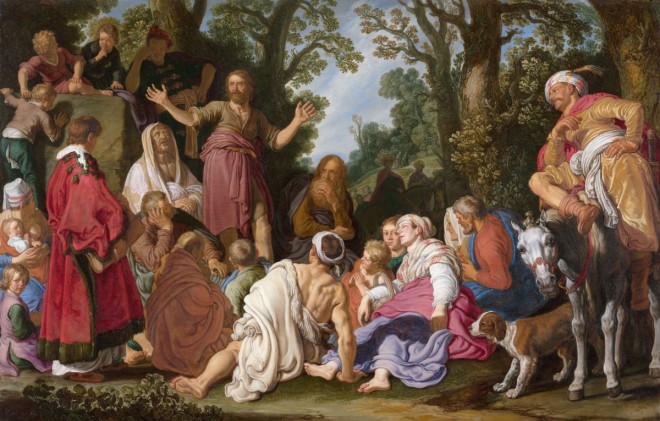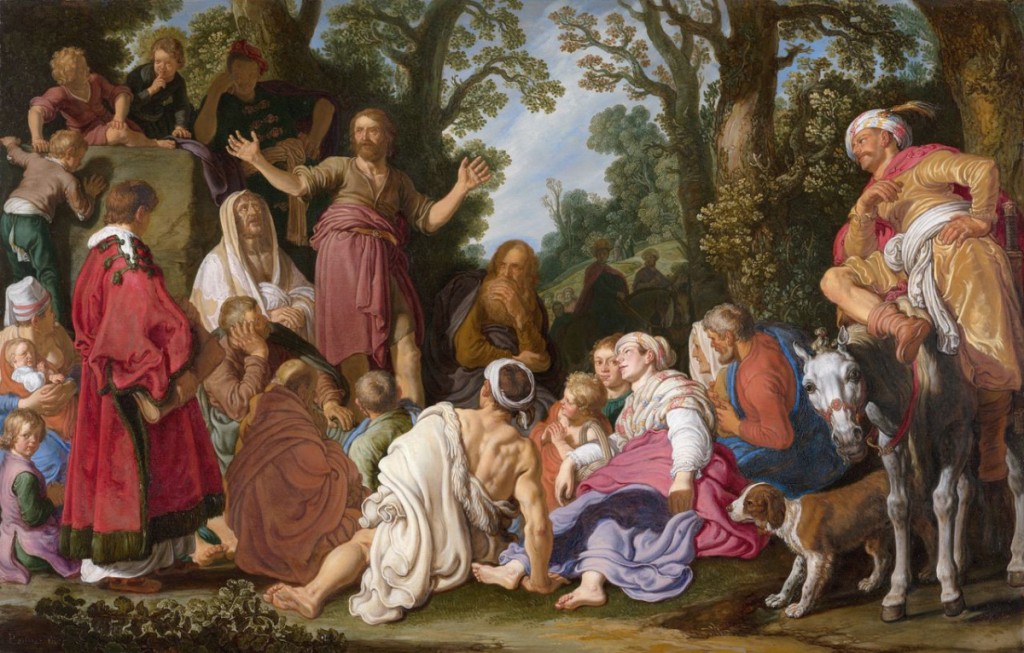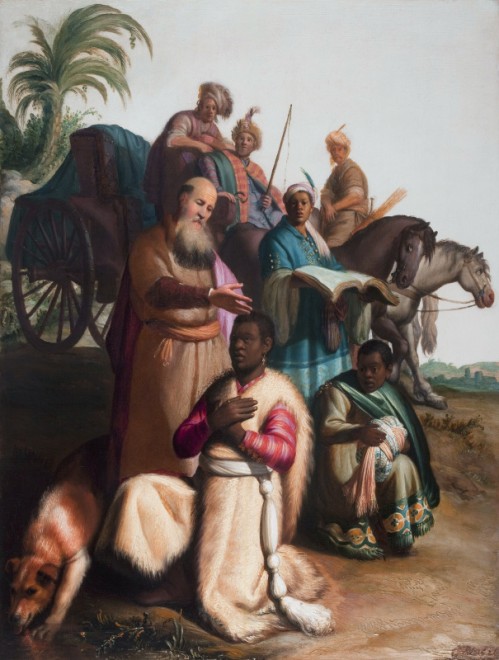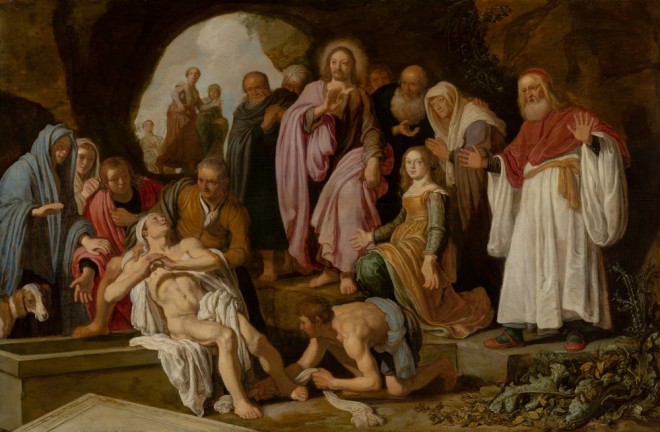The Mauritshuis Purchased Lastman’s Artwork

A remarkable painting by Pieter Lastman, the most influential teacher of Rembrandt van Rijn, has been in the wish list of the Mauritshuis for many years. Now this dream has come true – the Friends of the Mauritshuis Foundation with the support of an individual financial donor has purchased Lastman’s artwork titled “The Sermon of St. John the Baptist” (1627) from an American private art collector.
The Mauritshuis was looking for an outstanding example of Pieter Lastman’s artwork, which would show his influence on Rembrandt. The timing of the purchase is perfect: art exhibitions and events are being prepared throughout Europe to mark the 350th anniversary of the death of one of the greatest artists in history. The art museum itself holds the “Rembrandt and the Mauritshuis” exhibition from January 31 to September 15, which displays all 18 famous paintings by Rembrandt from its collection that are or have been attributed to the Flemish and Dutch artist. Besides that, the art pieces that are no longer considered Rembrandt’s works and are rarely exhibited will also be presented to the museum visitors.
Peter Lastman (1583-1633) from Amsterdam was one of the leading historical artists (that is, those who create paintings on historical, biblical, mythological and ancient themes). Back then, historical paintings were considered the pinnacle of craftsmanship, and Rembrandt became a pupil of Lastman in 1625-1626 to obtain the necessary painting skills. Although Rembrandt had only been an apprentice for six months, his teacher had a significant influence on his artistic development. It is seen in the earliest works by Rembrandt the most, including “The Stoning of Saint Stephen” (1625) and “The Baptism of the Eunuch” (1626). The multi-figure compositions, bright lighting and colorful palette of these art pieces show that the young artist learned a lot from his teacher.
“The Sermon of St. John the Baptist,” painted in 1627, is a fine example of the historical paintings that Lastman created when Rembrandt was his disciple. It is characterized by a perfect composition, bright lighting, and a rich color palette. The arrangement of the figures was carefully constructed by the book, or rather with the Chapter “Description of the figures” in the work of Karel van Mander “the Book of the artists” (1604). This publication describes how to make the right composition – these techniques were a piece of cake for the experienced historical painters like Lastman. Skillfully creating his masterpiece, the painter illuminated the figure of John the Baptist and put those around him in the shadows.
The theme of baptism has been a favorite theme among the artists since XVI century, as it gave the opportunity to connect the landscape painting and portraits. In Lastman’s artworks, landscape is secondary; he focused on the prophet’s interaction with his audience. A crowd of people of all ages and backgrounds gathered around St. John preaching with outstretched arms. Some of the characters turn away from the Baptist and look directly at the viewers, involving them in the sermon.
The purchase will fill a gap in the private art collection of the Mauritshuis. Despite a rich collection of historical paintings of the Dutch Golden age, there was only one Pieter Lastman’s artwork – a religious painting titled “The Raising of Lazarus” (1622).



